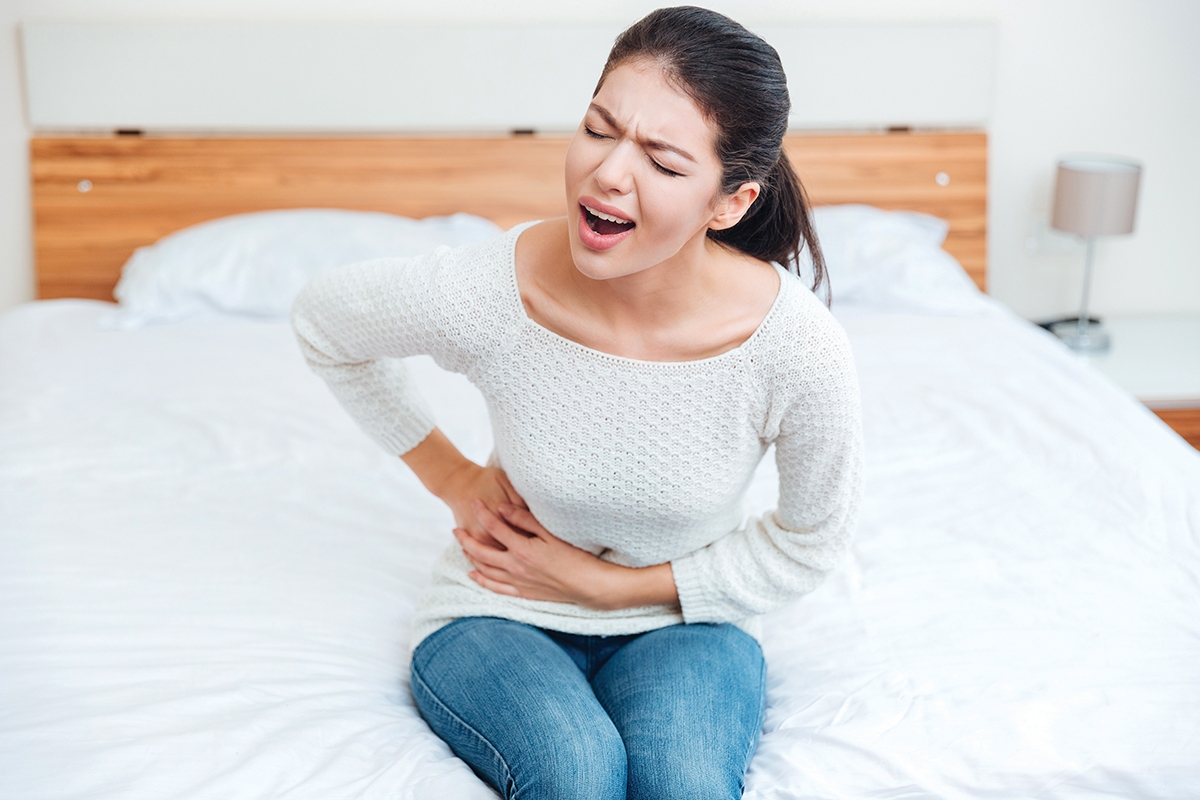Kidney Stones
Symptoms, Treatment, Prevention, And Relief

Here in North Carolina, we’re part of the “stone belt,” where there is a higher incidence of stone disease than elsewhere in the country. While the causes are not fully known, diet, environment, geographic location, and family history may play a role in the formation of kidney stones – stones comprised of tiny crystals that form inside the kidney. These solid masses may form one at a time or several may form all at once.
What are the Symptoms?
Kidney stones may initially cause no symptoms. The stones begin as small crystals in the urine that grow over time. The signs and symptoms of kidney stones when they start to pass are very acute. The pain usually starts in your back, and it can radiate or migrate around to your side. Other symptoms may include:
– Pain that spreads to the lower abdomen;
– Painful urination;
– Severe pain in the side and back;
– Nausea and vomiting;
– Fever and chills.
What are My Treatment Options?
If you have a stone that is causing pain, you should see a urologist. A stone that is not causing symptoms can potentially be watched (or followed by your doctor) instead of treated, depending on size. If a stone is less than 5 mm, there is a 90 percent chance it will pass without surgical intervention. Alpha-blockers may also be used to help stones pass.
There are several surgical options and treatments for kidney stones, including minimally invasive treatments.
– Extracorporeal Shock Wave Lithotripsy (SWL): Sound waves are used to break up the stone into smaller pieces, making it easier to pass. SWL is one of the most frequently used procedures for eliminating kidney stones;
– Ureteroscopy: Surgery done without incisions; a urologist uses a fiber-optic instrument (ureteroscope) to locate the stone in the urinary tract and trap it;
– Percutaneous Nephrostolithotom: For treatment of larger stones that cannot be removed using Shock Wave Lithotripsy or Ureteroscopy.
Preventing Kidney Stones
Dehydration is a key risk factor for stones. You can prevent kidney stones by drinking lots of water and limiting the amount of salt (sodium) in your diet.
Did You Know?
– Up to 12% of the population has kidney stones.
– Once you’ve had them, there’s a 50% chance of recurrence.
– Calcium oxalate is the most common stone found.
– Other stones associated with infections and diseases include uric acid, struvite, calcium phosphate, and cystine.
The Kidney Stone Center at WakeMed
WakeMed is the only health system in the Triangle to offer immediate help for kidney stones. The Kidney Stone Center at WakeMed is a 24-hour phone hotline available for those who think they might be passing a stone. With one call to the “Stone Phone” at 919-350-ROCK (7625), patients can get the relief and treatment they need from an expert team, potentially avoiding a lengthy, costly trip to the emergency department. By providing immediate access to care, the Kidney Stone Center means patients don’t have to wait in pain for extended amounts of time. Depending on a patient’s history of kidney stones and symptoms, the Kidney Stone Center can call in prescriptions, arrange same-day appointments with board-certified urologists with WakeMed Physician Practices – Urology (five locations) and admit patients to the hospital directly for treatment.

